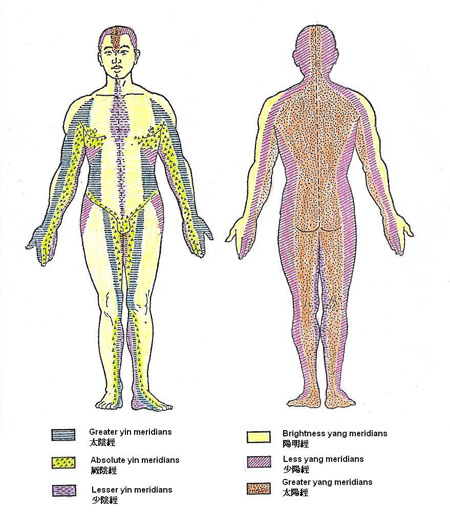|
Itching is a normal body reaction that often indicates the skin is being irritated, so we scratch to get rid of any harmful disturbance. When itchiness becomes a symptom, the intensity can range from a mild and temporary discomfort to very distressing and intractable problem. Individuals with persistent itching often appear skin changes like red patches, scratching marks, bleeding scars and eczema rashes, the quality of life is likely to be disturbed.
Scratching is not a solution to itching, only gives temporary relief. The itchy feeling will be worse afterward, which makes you want to scratch more and thus can form a vicious itch-scratch cycle easily. New skin damages such as rashes, thickening, and even secondary infection that resulted from continuous scratching are definitely not favorable to the healing.
Human body is covered by about 1.5~2 square meters of skin, itching can occur anywhere on the body surface. Itching can also be due to numerous causes, from simple skin rubbing effect to complex systemic disorders. It is important to write down the details of your itchy history, and discuss them with your doctor. For example, there is a great difference in making treatment choices between generalized and localized itching.
Localized itching can have the same causes as generalized itching, for example diabetic individuals are susceptible to both cases equally. However, most localized cases are more likely associated with irritations in particular body regions, for example, itchy anus is often due to parasites, hemorrhoids or anal fissure; itchy scrotum is often due to sweating, skin rubbing effect or fungal infections; itchy vulva is often due to vaginal discharges, vaginitis, or cervicitis. The itching symptom can be effectively resolved once the local irritations eliminated. It is easier for doctors to treat localized itching than generalized cases. This section will discuss some localized itchy conditions and the therapies in tradition Chinese medicine (TCM).

TCM lungs are responsible for disturbing nutrient essence to the skin and hair, and they also disseminate the protective qi.
|
From a TCM holistic view, skin changes are associated with internal organs and meridians. Lungs rule the skin; they regulate the dissemination of nutrient essence to the skin and body hair, so as to keep them moist and glossy. Protective qi of the lungs flows over the skin to guard against invasion by external irritations; it also regulates sweating and provides warmth for the body. When these particular functions are weakened, the skin will be affected. Meridian system links up different body parts to form an organic whole, the skin and internal organs are mutually interacting. In case if a meridian is sick, its pathology can reflect on the corresponding body surface, on the other hand, when certain skin segment is irritated, the pathogens can also enter the corresponding meridian and affect internal organs. TCM physicians will check the color or physical changes on particular body surface, and use the information to speculate involved internal changing, evaluate disease development, decide treatment plan and select appropriate herbs, which are known as the procedures for treatment according to syndrome differentiation. In other words, during a consultation for skin problems, TCM physicians will consider the order and arrangement of meridian flow on the body surface, link up local pathologies with affected organ or meridian, identify the diseased stage and formulate an appropriate therapeutic strategy.
TCM claims that occurrence of localized itching usually has both internal and external origins. In one hand, the body is in a disharmony state that makes the skin susceptible to itchy conditions. On the other hand, when external influences such as unhealthy life habits or environmental factors get a chance to stimulate the skin, then it will trigger itchiness. TCM remedies aim at resuming an internal harmony and eliminating local irritations as well.
➣ Itchy scalp
➣ Itchy eyes
➣ Itchy ear
➣ Itchy anus
➣ Itchy scrotum
➣ Itchy vulva

Skin segments according to the order and arrangement of meridian flow.
|
|